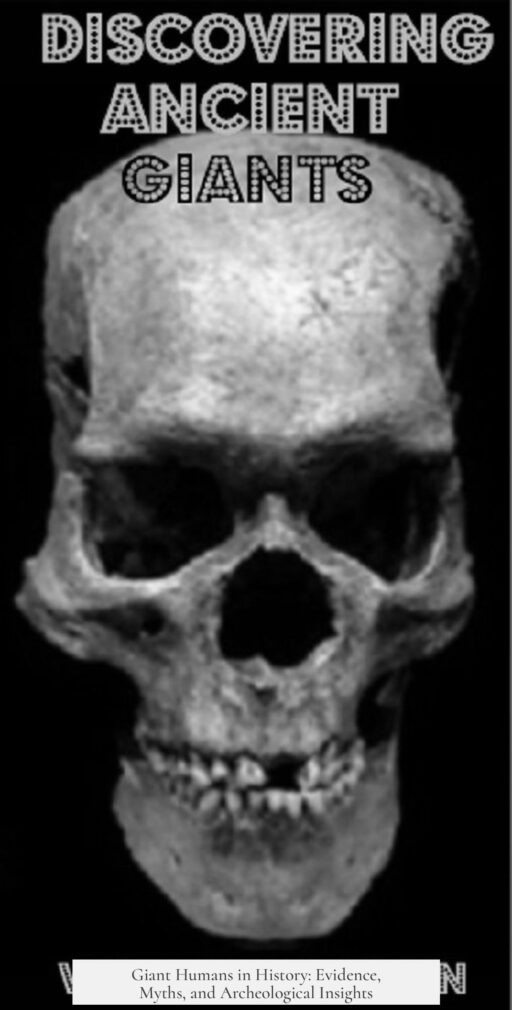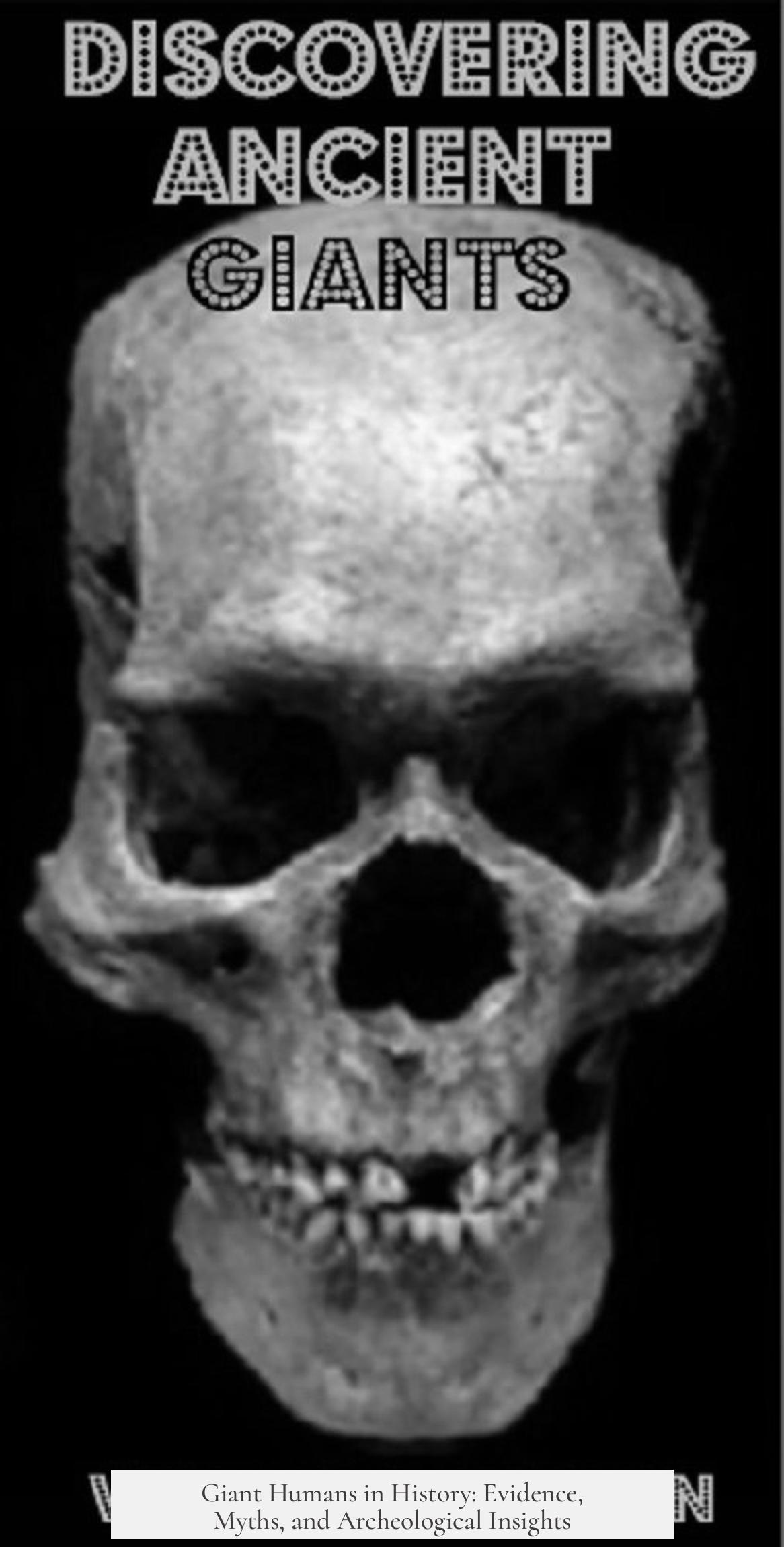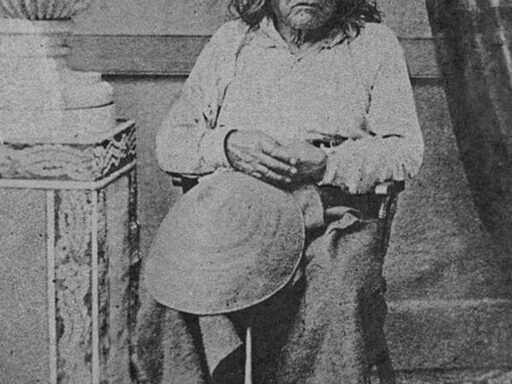There is no credible scientific evidence confirming the existence of giant humans in the past. Research and archaeological findings do not support claims that any human species significantly exceeded modern human size. No peer-reviewed studies or verified fossil records demonstrate that giants, as often depicted in myths, ever lived.
The largest known primate was Gigantopithecus, which reached about 10 feet in height. However, this species was a large ape, closely related to modern great apes, and went extinct in Asia before humans arrived there. It was likely quadrupedal and not part of the Homo genus. Thus, Gigantopithecus cannot be classified as a giant human.
Many “giant human” stories arose from misinterpretations of fossil bones. Ancient peoples sometimes discovered large bones from extinct animals like dinosaurs and attributed them to giants. These misunderstandings, passed down orally over centuries, contributed to myths without scientific foundation.
Modern humans (Homo sapiens sapiens) are the tallest hominids known. Early modern human skeletons, such as those of Cro-Magnon people, were comparable in size to present-day humans. Exceptional individuals over six feet tall exist but remain rare. Anatomical limits restrict human height; larger bodies create serious health and mobility problems. For instance, Robert Wadlow, the tallest recorded man, experienced severe pain and disabilities caused by his size.
From an evolutionary standpoint, extremely tall humans would face survival challenges. Their increased weight strains bones and muscles and higher injury risks reduce competitive fitness. Ancient armor surviving from historical warriors supports average heights around 5’10”, indicating no necessity for giants in warfare or survival.
Some intriguing but unverified artifacts, such as the Giant of Castelnau or bones displayed at certain museums, spark curiosity. Yet, none offer definitive proof of giant humans. Many claims lack rigorous scientific backing and remain speculative or pseudoscientific.
- No credible fossils prove giant humans existed.
- Gigantopithecus was a large ape, not a giant human.
- Misinterpreted ancient bones fueled myths about giants.
- Modern human height represents the largest viable size.
- Extreme human height causes serious health and survival issues.
- Archaeological evidence like armor aligns with normal human scale.
- Unverified finds remain speculative and lack scientific support.
Giant Humans in the Past: Is There Any Research or Evidence?
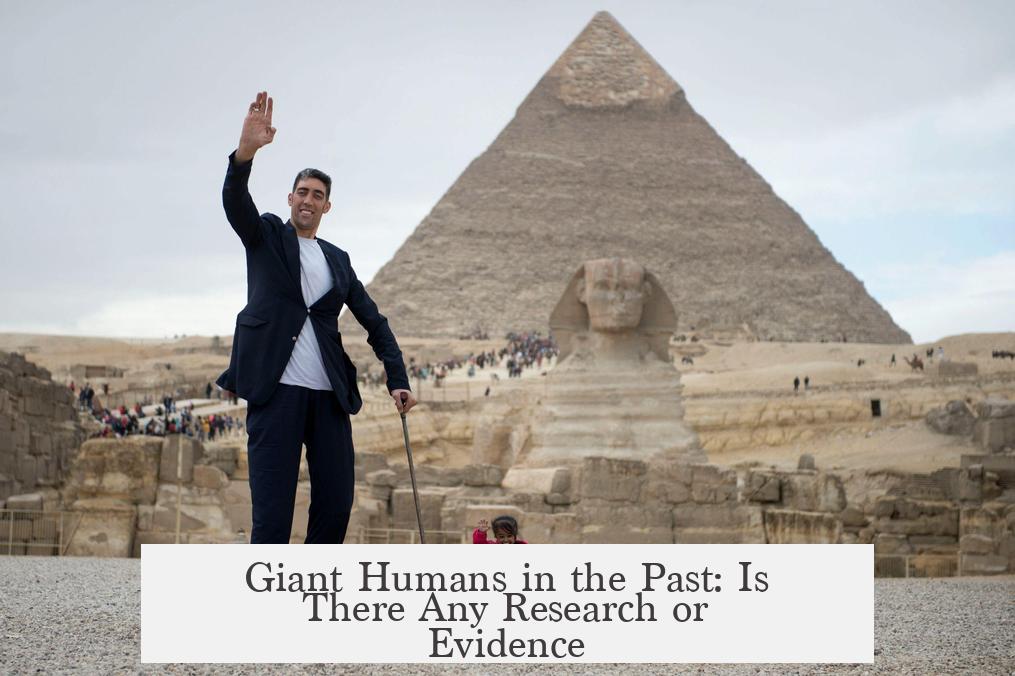
So, were there really giant humans roaming the earth long ago? The short answer is no. There’s no credible scientific evidence that giant humans ever existed. The tall tales you hear at campfires or in old myths? Those likely come from misunderstandings, not from actual giants stomping around.
Let’s dive deeper into this intriguing question and separate fact from fanciful fiction.
Where Did Giant Humans Come From in Stories?
The myth of giant humans probably started with ancient peoples stumbling across huge bones. Not giant human bones—nope—dinosaur bones or fossils of massive extinct animals. Lacking paleontology tools or scientific knowledge, these bones sparked wild imaginations.
Imagine finding a single enormous leg bone without context. Ancient folks might say, “Aha! Giants!” Pass the story down, and before you know it, the legend of giants grows to epic proportions around the campfire.
This shows how easily large fossils can fuel myths. The “giants” of legend might just be prehistoric creatures’ leftovers misidentified as giant humans.
What About Gigantopithecus—Was It a Giant Human?
Talking primates here. Gigantopithecus was indeed huge—up to 10 feet tall—but it’s not human. It was a massive ape, likely walking on all fours, and it died out in Asia long before Homo sapiens showed up.
Basically, giant gorilla-sized primates existed, but they are distant cousins, not giant humans. No matter how impressive Gigantopithecus was, it doesn’t prove any giant humans once roamed the planet.
Modern Humans Are Already Pretty Tall – Could We Have Been Taller?

Today, Homo sapiens sapiens holds the record for tallest hominids on Earth. Cro-Magnons, our ancient ancestors, were similar in size to modern humans.
Yes, there are rare exceptions, like individuals over 6 feet tall. But these are just outliers, not a separate class of giant humans.
Plus, the human body has limitations. Going too tall brings serious troubles:
- Painful leg and back problems
- Mobility challenges—ask Robert Wadlow, who stood over 8 feet tall but suffered greatly.
- Biological and evolutionary drawbacks—being huge is a survival disadvantage, not an advantage.
From a biology standpoint, no species of giant humans ever had a winning strategy. Mostly, they would be prone to injury and early death.
What Do Archeological Artifacts Tell Us?
Artifacts like ancient armor offer clues about the size of people back then. And guess what? Those armors fit people roughly 5’10” tall—slim, but not gigantic.
Would a giant warrior fight wearing armor made for someone half their height? Unlikely. These everyday finds strongly indicate that normal-sized humans dominated history, not giants.
Are There Any Intriguing Claims of Giants?
There are some fascinating—but not verified—reports:
- The Giant of Castelnau: a large human skeleton found in Europe, but debated by scientists.
- Lovelock Cave in Nevada: skulls and bones displayed that some claim belong to giants, though evidence is inconclusive.
These finds stir curiosity but don’t stand up as solid evidence. The scientific community requires better documentation and replication before rewriting textbooks.
What Can We Learn from All This?
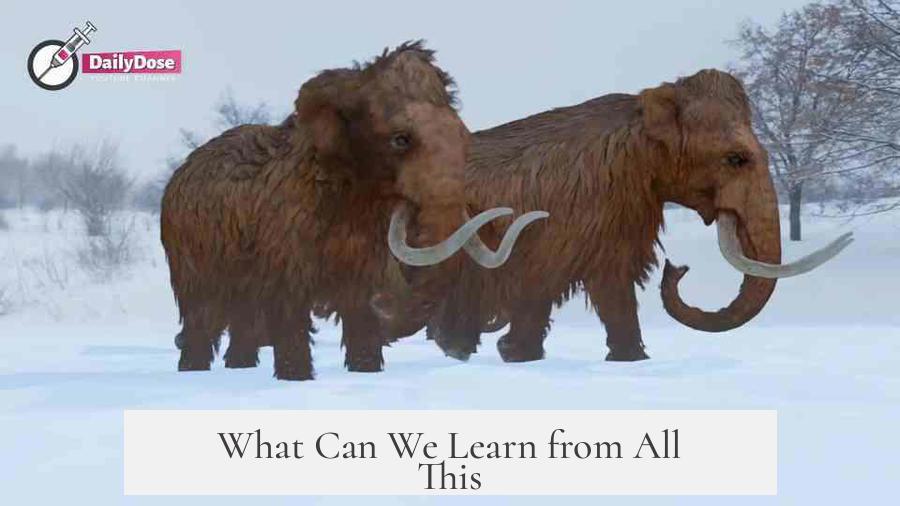
The idea of giant humans is captivating, but here’s the reality:
- There is zero credible scientific proof for giant humans.
- Ancient myths likely arose from misidentified fossils and cultural storytelling.
- Gigantopithecus was huge, but it was an ape, not a human.
- Our body structures place natural limits on how tall humans can grow and stay healthy.
- Artifacts from antiquity match modern human sizes.
- Alleged giant bones often lack verifiable scientific backing.
Would it be cool if giants really walked among us? Absolutely. But science demands evidence, not fairy tales.
How to Approach Giant Human Myths Sensibly
If a friend tells you about giant skeletons unearthed somewhere, here are some tips:
- Ask for scientific studies or peer-reviewed research backing the claim.
- Consider the context—are they confusing dinosaur bones with human remains?
- Look for corroboration from archaeological experts.
- Remember that extraordinary claims require extraordinary evidence.
Approaching such stories with curiosity and healthy skepticism is the best way to stay informed without swallowing too many tall tales whole.
Final Thought
While dwarves, giants, hobbits, and titans capture imagination, the scientific record points to humble-size Homo sapiens ruling the prehistoric and modern world.
Giant humans in the past? For now, they remain a legend, a fun story passed around campfires, rooted in the misinterpretation of giant bones and fueled by our love of the mysterious. When we want to stand tall, it’s best to stand on solid evidence—not fantasy.
